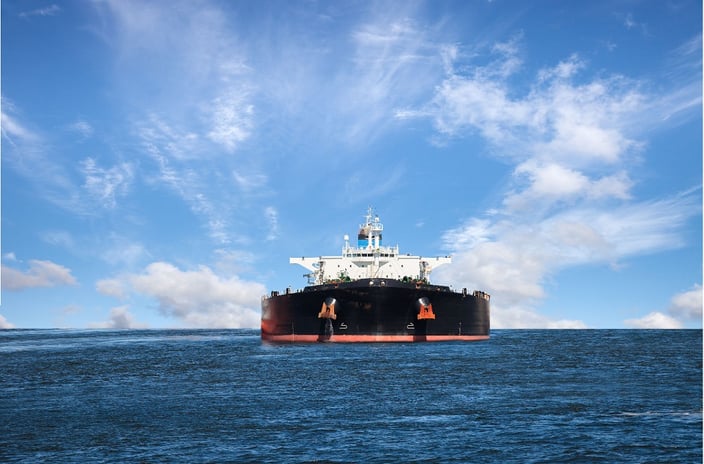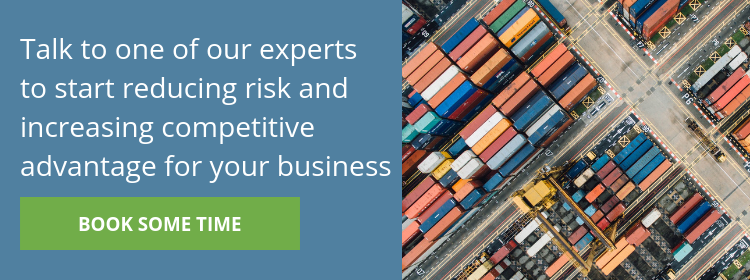The oil tanker market has always had its fair share of challenges. Volatile oil prices and political uncertainties, risks of spillages and cancelled projects dampening demand for capacity…they all add to the unpredictable nature of the sector and pose obvious and well-recognised risks. But, as if that wasn’t enough, tanker owners are facing fresh challenges.

Recent headlines have suggested that the decline in demand for oil, or replacement by gas and LNG, could undermine the market valuations of crude and products tankers, creating the potential to turn these ships into “stranded” assets. While the risk of assets being "stranded" by geopolitical or industry developments is not new (you could argue the same applied for single hull tankers after the implementation of OPA 90 for example), the rise of environmental legislation is not without risk. Should financiers build this potential into their models, existing ship owners may be forced to review depreciation methods (potentially impacting profits), and with balance sheet reserves also impacted if one-off devaluations are imposed (with falls in valuations also potentially impacting covenants). For those looking to enter the sector, financiers may also decide to demand a shorter repayment timescale, to cover the shorter depreciation period imposed by this perceived deterioration in demand/value.
Do we need to worry now?
Predictions of stranded assets tend to use models which see tanker demand falling from 2025. While banks have been keen to market the potential for greener asset classes to secure more investment, the risk of stranded assets would appear to be a medium-term problem, at best, and tanker owners have other issues on their mind.
Tanker freight rates have been punitive over the last two years, with the “all tankers average weighted earnings” index regularly falling below the USD 10,000-per-day mark in 2018, apart from a short-lived spike in December of that year (this prompting Tsakos Energy Navigation (TEN) Chairman, Takis Arapoglou, to describe 2018 as “the worst spot market in recent memory”). 1H 2019 has seen rates trend down across all tanker sectors due to refinery maintenance and lower crude exports from key OPEC countries and those facing sanctions.
Owners appear to be enjoying a stronger second half, although it is far from clear whether this will be sustained. A fairly widespread anticipation that rates will rise to accommodate changes in tradeflows as a result of the impending implementation of International Maritime Organisation's very low-sulphur fuel oil (VLSFO) regulations standards must surely be tempered by the costs of complying with the regulations. Add to this the greater global economic and political uncertainty, and you have to ask how any tanker owner is able to make long-term decisions.
2020 crystal balls
The implementation of low-sulphur fuel regulations in 2020 in particular has created two strategic, and now very near-term, dilemmas for tanker owners: should they comply, and what impact will implementation have on demand?
Tanker owners need to decide whether it is cost-effective to continue to burn high-sulphur fuel oil (HSFO) on vessels fitted with exhaust gas cleaning technology, or “scrubbers”, thus complying with the rules. Or, alternatively, invest in the necessary equipment and operational expertise to convert existing tankers to run on VLSFO, or worst case, scrap older tonnage and order new vessels which run on VLSFO (or alternative fuels such as LNG) only.
Retrofitting with scrubbers is expensive, and a major investment decision for small and large owners alike. Witness the loss-making (as of 1H 2019) Scorpio Tankers Inc., deciding to spend almost USD 100m on retrofitting its largely leased fleet with scrubber technology, while smaller owners or those with older ships (and their financiers) baulk at the concept of a USD 2m - USD 5m installation on a vessel with a similar market value. Now build in the significant uncertainty about the likely spread between VLSFO and HSFO prices next year, predicted by some to be as much as USD 300-per-tonne, or as little as USD 100-per-tonne. So, the risk for tanker owners is that between now and next year the spread falls substantially e.g. to USD 100, meaning that the cost of fitting scrubbers to a tanker will have been largely wasted. Or, that a tanker which was scrapped should have been kept in operation because the economics have changed.
A wide VLSFO/HSFO spread, combined with a strong enforcement of, and market reaction to, the implementation of IMO 2020, should change the economics in favour of scrubber installations in modern tonnage, and the scrapping of older vessels in favour of scrubber fitted or cleaner fuel-burning newbuild tankers. It would seem unlikely that anyone ordering newbuilds in reaction to IMO 2020 would be concerned as to oil demand in 20 years time (by which point the value of their newbuilding is likely to have reached its scrap value "floor").
Secondly, tanker owners, particularly in the products space, are holding out for significant changes in the dynamics of oil trading should the IMO 2020 regulations be properly implemented. Recent reports by Clarksons suggest that tanker demand could increase by 5-6%, even without including the withdrawal of tonnage for scrubber refits, or changes in vessel operating strategies which reduce availability (such as slow steaming or tank cleaning).
How about the medium term?
As for “stranded assets”, trends such as the rise in air and vehicle travel in Asia and Africa may offset decline in oil demand in mature markets, and this suggests that global oil demand will remain stable, albeit with changes seen in the trading patterns of tankers. Tanker owners have other options too, for example using tankers as storage facilities to cover regional storage deficits, such as those recently identified by leading operators such as Vopak. Tanker owners might explore whether, for example, India’s objective to enhance its strategic petroleum reserve (SPR) could be achieved using tankers instead of fixed storage capacity. Diversification into other energy markets makes sense, too, with the rising spot market for LNG vessels seeing this sector being of interest to traditional tanker owners seeking a potentially more visible investment return in contrast to a more uncertain oil tanker market.
So?
Our view is that the stranded asset debate is a little ahead of its time. The next 12 months will see enormous disruptions to the "norms" of the tanker markets, with almost no clear picture, even a matter of months before the implementation of IMO 2020, as to who the winners and losers will be. While financiers will be monitoring emerging risks, even those seemingly well over the horizon, our job as credit risk analysts will be to try and help our clients manage their exposure to those negatively impacted in the near-term.
Infospectrum's team has extensive experience in providing pre-contract due diligence and consultancy to the shipping, logistics and commodity trading sectors. If you are interested in discovering how our expertise can support your organisation, click the button below to get in touch.


